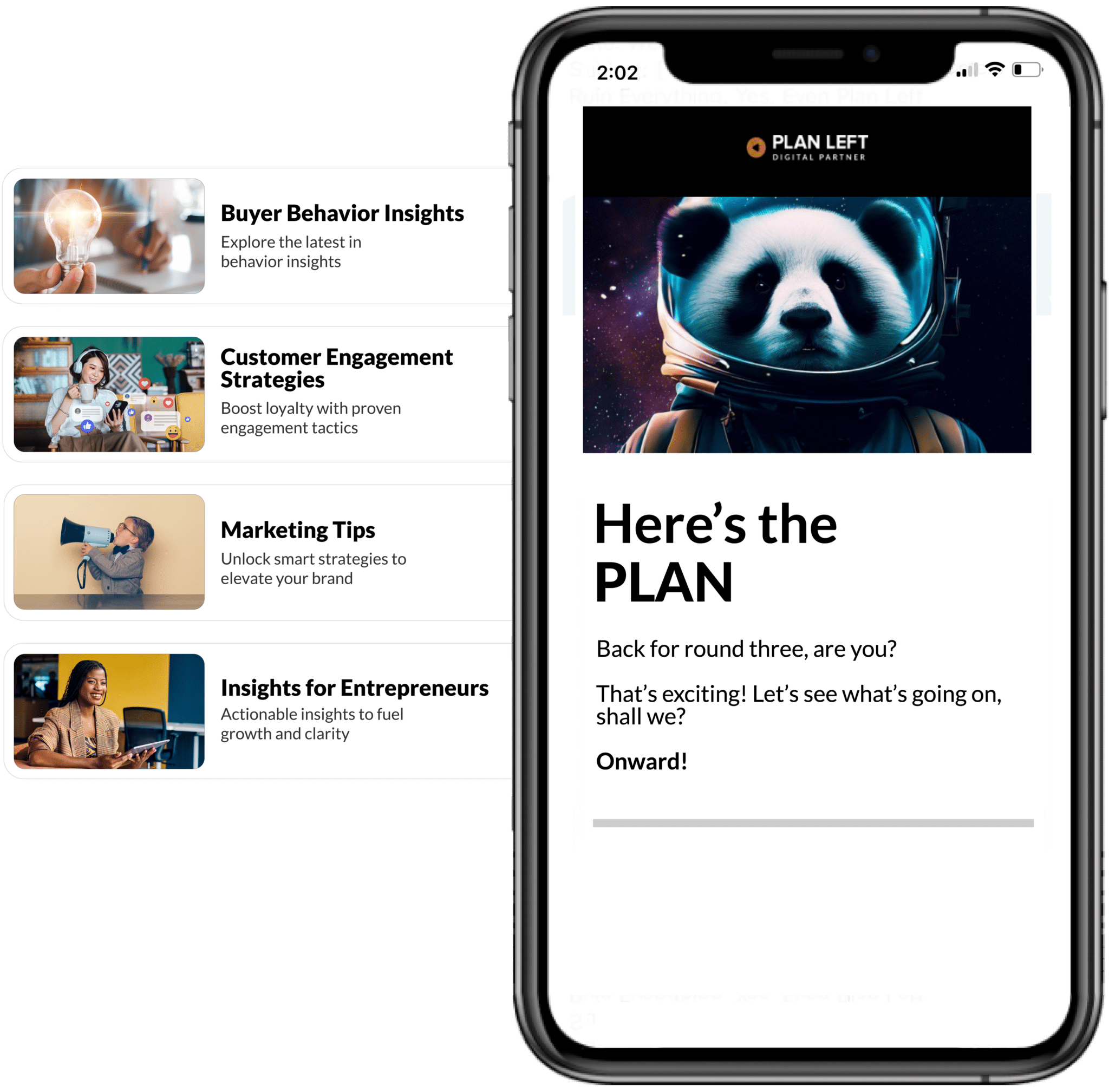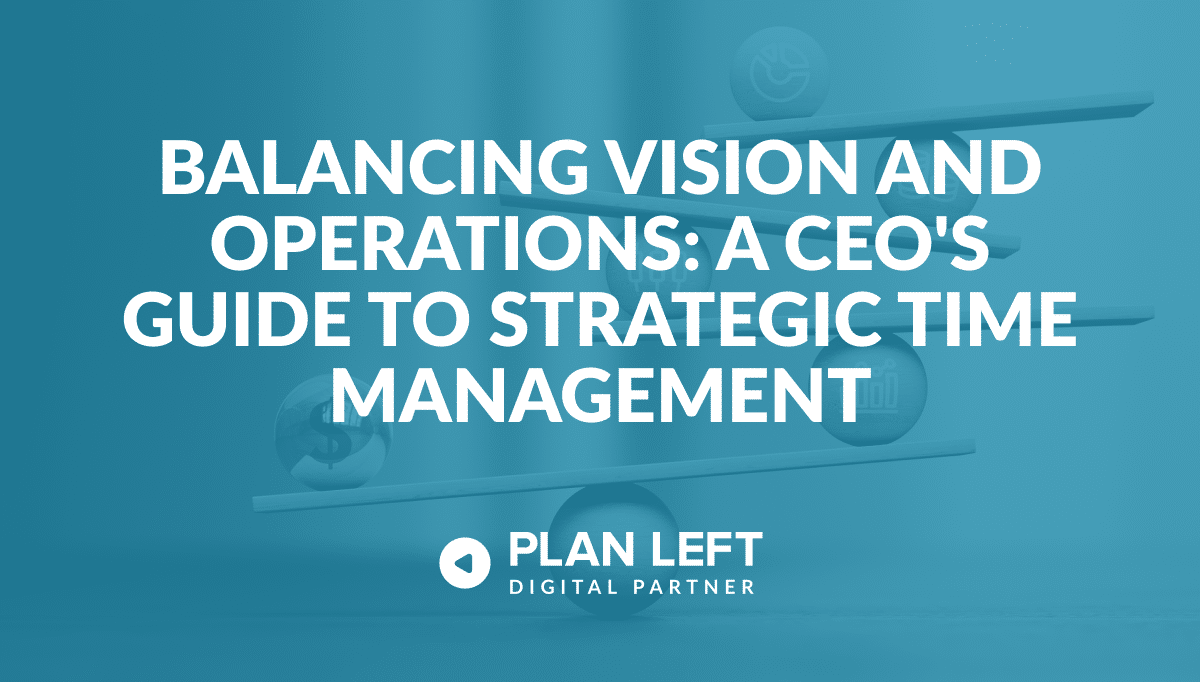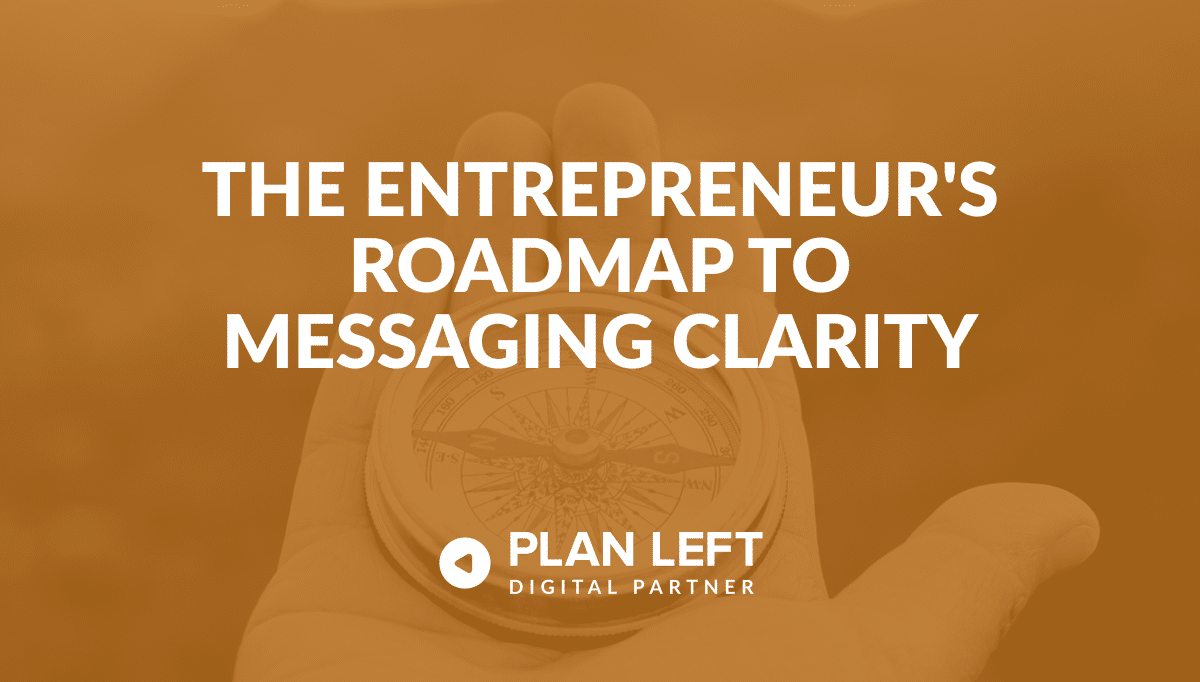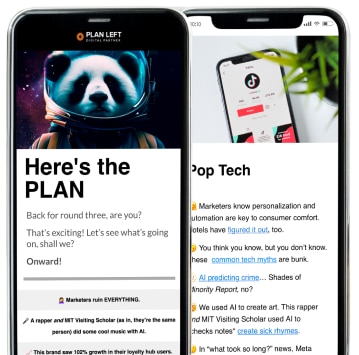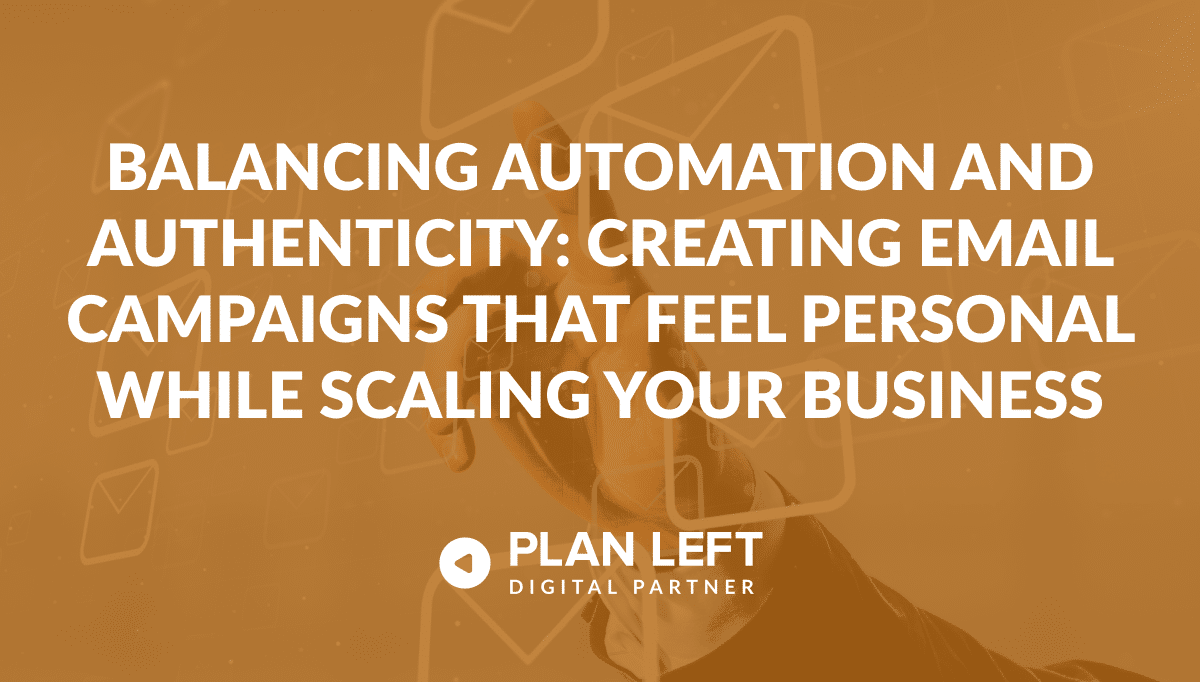
The modern entrepreneur faces a challenging balancing act: how to scale communications while maintaining the authentic, personal touch that builds lasting relationships. Many view automation and authenticity as opposing forces – efficiency versus connection. But what if this perceived trade-off is actually a false choice?
Why Automation and Authenticity Are Not Enemies
The Evolution of Customer Expectations in Digital Communication
Today’s customers demand seemingly contradictory experiences: immediate, relevant communication while simultaneously craving authentic human connection. According to McKinsey research, 71% of consumers expect personalized interactions, and 76% get frustrated when this doesn’t happen.
Reframing Automation as an Enabler of Authenticity
Rather than viewing automation as authenticity’s enemy, successful businesses see it as the enabler of scaled personalization. Automation handles routine communications, freeing your team to focus on creating genuinely authentic content and responding to high-value interactions.
The Business Impact of Getting This Balance Right
Businesses that effectively balance automation with authenticity see 40% higher email engagement rates and 47% higher conversion rates. Beyond metrics, they build emotional equity with customers that drives loyalty and sustainable growth.
Strategic Framework: What to Automate and What to Keep Personal
The Four Quadrants of Email Communication (High/Low Touch x High/Low Frequency)
Email communications generally fall into four categories:
- High Frequency/Low Touch: Operational notifications and updates
- High Frequency/High Touch: Ongoing customer relationship communications
- Low Frequency/Low Touch: General announcements and broadcasts
- Low Frequency/High Touch: Major milestone communications
Decision Criteria for Automation vs. Manual Communication
When deciding what to automate, consider: scale requirements, personalization depth needed, time sensitivity, revenue impact, and relationship significance. The best candidates for automation are high-volume communications where personalization can be achieved through segmentation rather than individual crafting.
Creating a Balanced Email Portfolio for Your Business Stage
Your automation-to-personal ratio should evolve with your business. Early-stage businesses might maintain 70% manual, 30% automated communications. As you scale, this might shift to 30% manual, 70% automated – but the manual portion remains critical for maintaining authentic connections.
Infusing Authentic Brand Voice Into Automated Communications
Developing a Distinctive Written Voice That Scales
Automation doesn’t mean abandoning personality. Develop a consistent, authentic brand voice with clear guidelines around tone, vocabulary, and storytelling approaches that serves as your template for automated communications.
Storytelling Techniques That Work in Automated Contexts
Effective automated emails incorporate storytelling elements: origin narratives, customer journey stories, value-driven narratives, and micro-stories that illustrate key points in just a sentence or two.
Language Patterns That Create Connection Without Requiring Customization
Certain language patterns foster connection even in automated contexts: conversational questions, value-acknowledgment phrases, inclusive language, and future-pacing language that helps recipients envision positive outcomes.
Examples of Automation That Doesn’t Feel Robotic
The most effective automated emails feel personal through trigger-specific relevance, perfect timing, segmented content addressing specific customer circumstances, and tone that matches the context.
Segmentation: The Bridge Between Scale and Personalization
Beyond Demographics: Behavioral and Contextual Segmentation
Advanced segmentation is the key to making automated emails feel personal. Move beyond basic demographic segmentation to create behavior-based segments. According to Mailchimp, segmented campaigns drive 23% higher open rates and 49% higher click rates.
Creating Segment-Specific Messaging That Feels Individually Relevant
Develop content variations that address the specific needs of each segment. Focus on the challenges, goals, and questions unique to that group to create relevance that feels personal without requiring individual customization.
Progressive Profiling Strategies to Enhance Personalization Over Time
Implement progressive profiling to continuously deepen personalization. Each interaction becomes an opportunity to learn more about your customers, gradually building a more complete picture that enables increasingly relevant communication.
Implementation Guide for Major Email Platforms
Most email platforms offer advanced segmentation capabilities through tags, custom fields, behavior-based lists, and conditional content blocks that display differently based on subscriber attributes.
Measuring Success: Metrics That Matter for Both Efficiency and Connection
Beyond Opens and Clicks: Engagement Metrics That Reflect Authenticity
Look beyond traditional metrics to measure authentic connection: reply rates to automated emails, sentiment analysis, progression through relationship stages, and cross-channel engagement.
Efficiency Metrics That Capture True Scaling Benefits
Simultaneously track efficiency gains: time saved per customer relationship, volume of communications managed per team member, speed of response to triggers, and coverage of customer journey touchpoints.
Voice of Customer Measurement for Authentic Connection
Regularly gather direct feedback about how your communications feel to recipients. Simple surveys asking whether emails feel personal provide invaluable insight into your automation strategy’s effectiveness.
Continuous Improvement Framework for Optimizing Both Dimensions
Implement a structured approach to continuously improve both authenticity and scale by measuring performance, identifying gaps, testing improvements, and iterating based on results.
The most successful businesses don’t choose between automation and authenticity—they strategically integrate both. By implementing these strategies, you’ll build an email marketing approach that grows with your business while maintaining the personal touch that makes your brand valued.
Explore Latest Posts
The constant tug-of-war between strategic vision and operational demands defines the modern CEO experience. While your company's future depends on ... read more
December 4, 2025
Your revolutionary product could change industries, but if you can't explain it clearly, it might never reach the people who ... read more
December 2, 2025
The war for tech talent has never been more intense. While established giants throw around seven-figure compensation packages and startups ... read more
November 27, 2025
Essential Strategies for Entrepreneurs
Get Actionable Business Insights & Marketing Tips
Our newsletter delivers real-world strategies from entrepreneurs who’ve been exactly where you are.
Sign up now for:
- Actionable growth strategies that work
- Insider tactics for attracting top talent
- Real-world case studies from successful founders
- Emerging tech trends that drive innovation
- Pragmatic marketing approaches for visionary leaders
